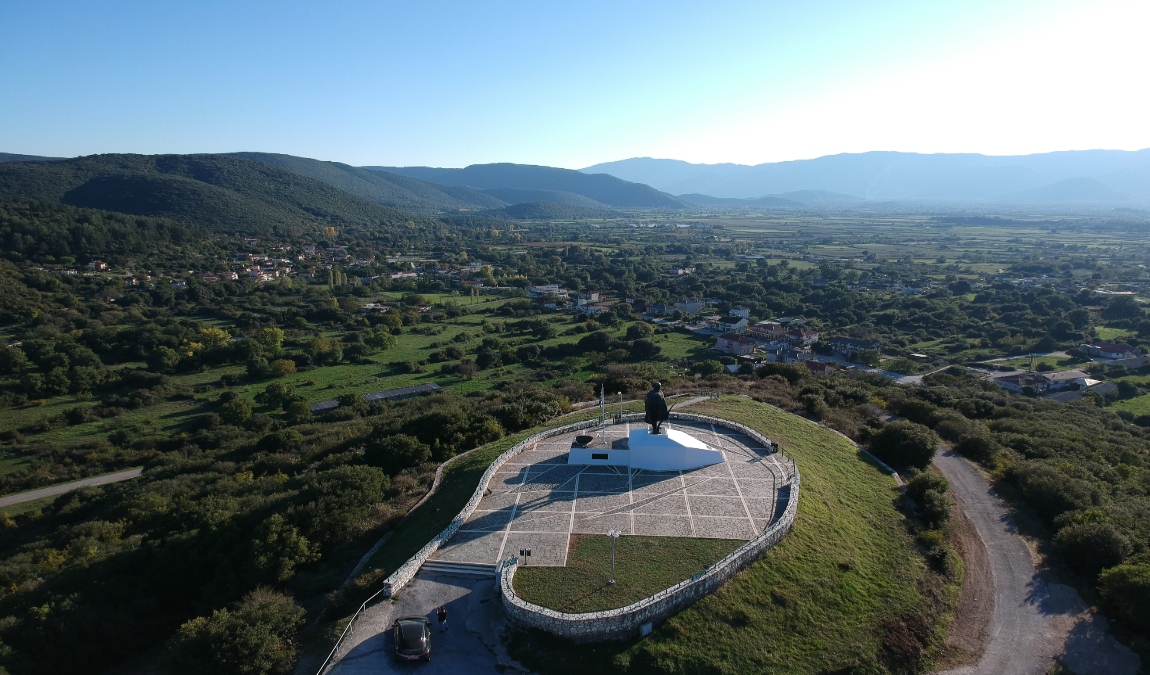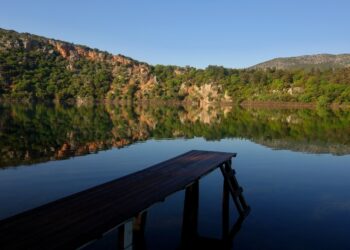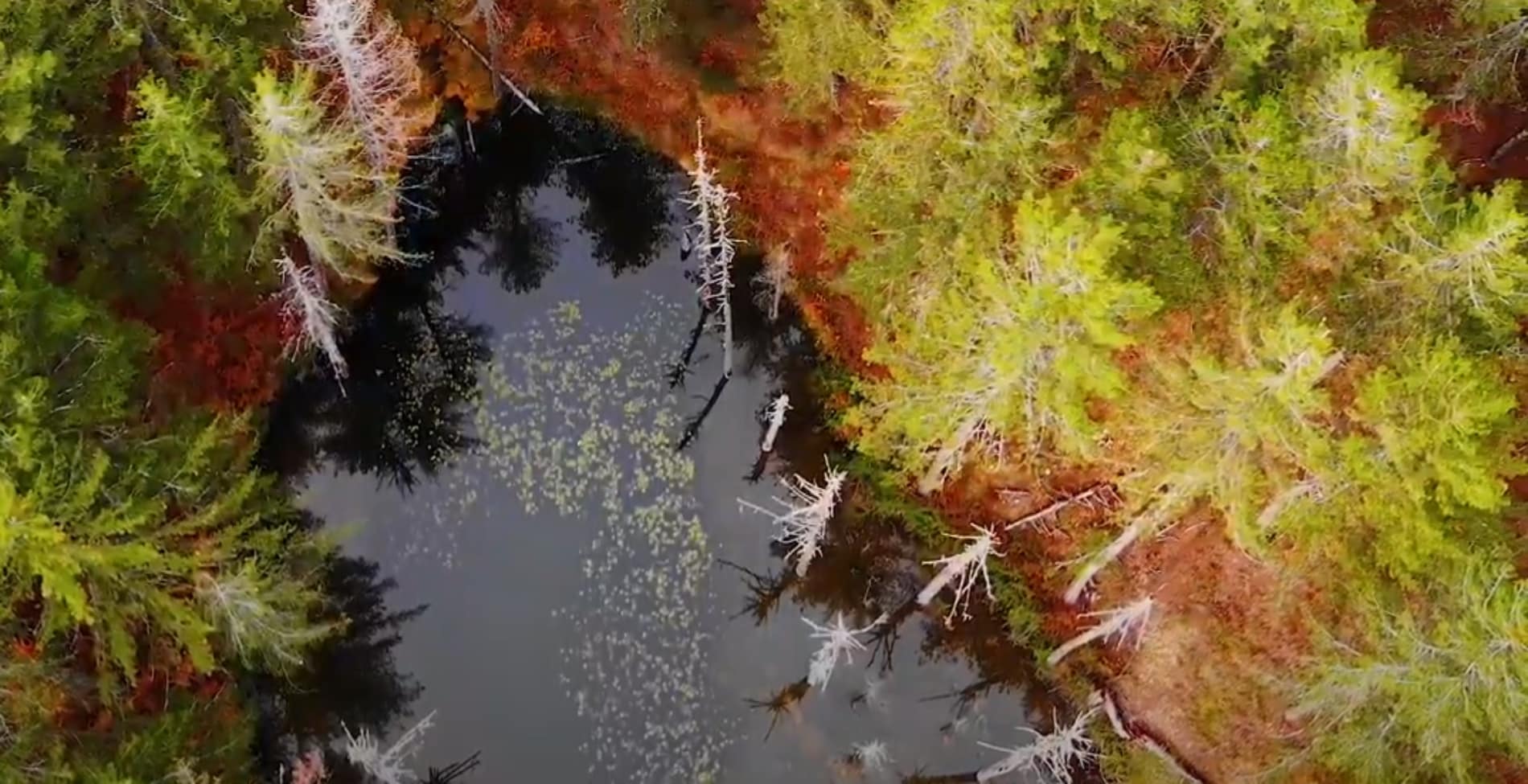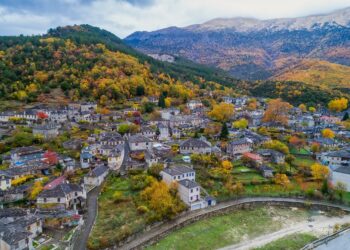Green landscapes, running waters, wild nature, and traditional buildings that count centuries of life. This is what the visitor will see in an unknown to many areas of Epirus and specifically the prefecture of Ioannina, Pogoni. It is one of the border areas of Greece on the Greek-Albanian border, which goes through lonely winters and lively summers. An area that seems to be transformed during the summer months but falls into… winter sleep the rest of the time. Ideal choice for those who are looking for a true retreat away from any crowds of tourism but for absolute contact with nature.
Arta: Walking on the bridge and the wonderful villages
Pogoni: The border villages that come alive only in the summers
The villages of Pogoni are many, some larger and others smaller. In a few of them, such as Kalpaki, Ravenia, and Doliana you can find traditional guesthouses in every sense of the word in which you will enjoy real peace. It is no exaggeration to say that he can only hear the sound of birds or running water. In winter few guesthouses in operation offer, however, great and special hospitality with traditional breakfasts and local flavors to make an additional gastronomic trip.
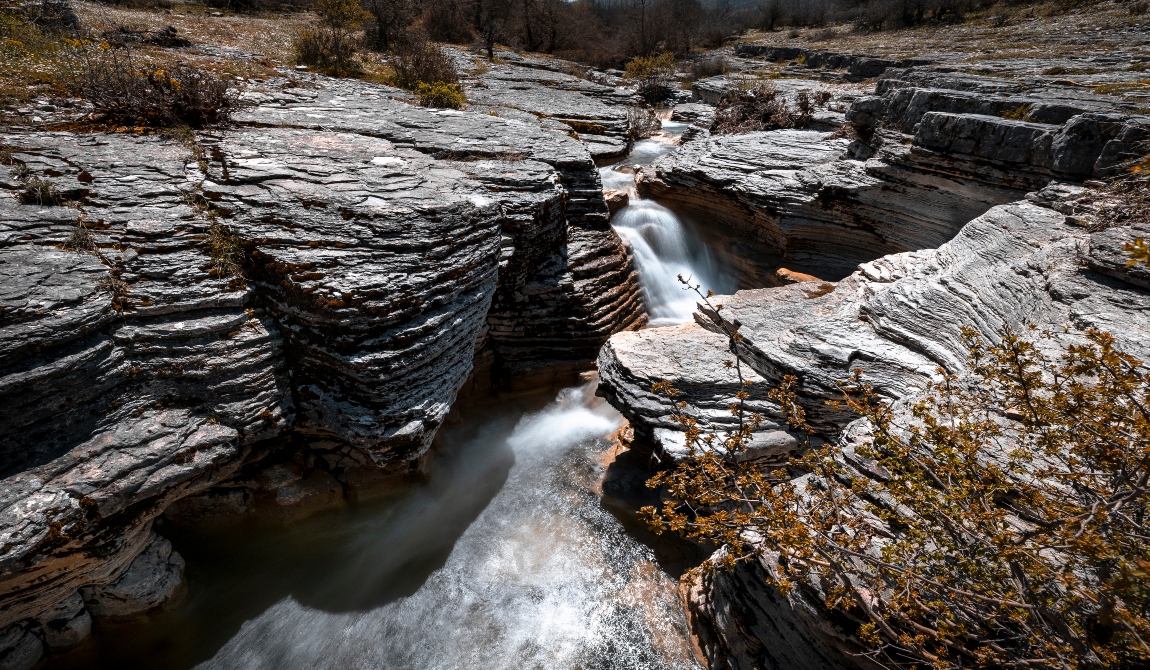
Having as a starting point the village you choose, you can take a road trip and see natural landscapes, and rivers and follow small hiking routes. The well-known river of the area is Kalamas and the mountain that surrounds the villages is called Kassidiaris. Try making stops in villages where you will find traditional cafes with wooden stoves lit and residents ready to tell you stories from the past. The villages of Pogoni are very close to the border station of Kakavia, the border with Albania which you can easily reach.
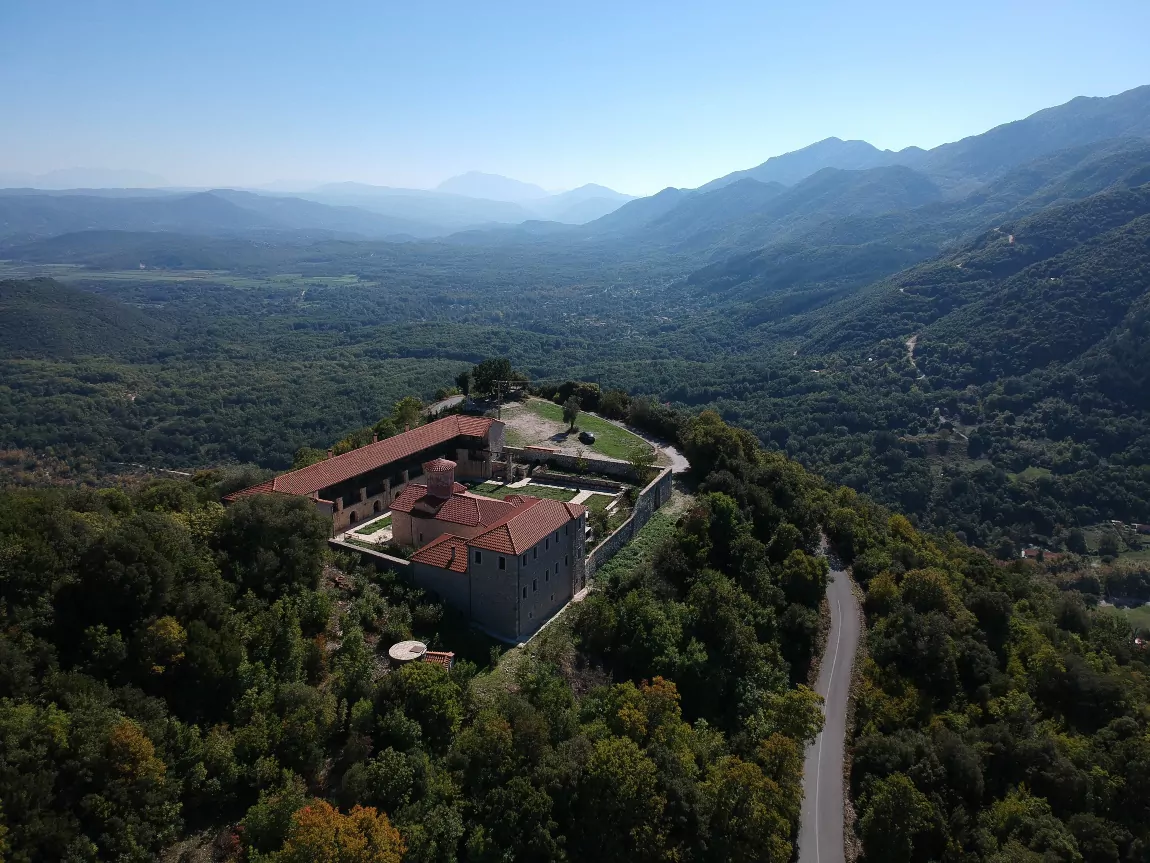
One of the very interesting villages in the area with similar sights is Pogoniani. In the border village of Pogoniani, you will visit an interesting folklore museum with household utensils, textiles, loom, local costumes, agricultural and livestock tools, and photographs from the late 19th and early 20th centuries.
Of amazing beauty even in winter, which is completely quiet and not crowded, is the lake of Zaravina, in Pogoni, which is accompanied by several myths. Lake Zaravina hosts a unique ecosystem with rare species while from a geological point of view, the lake is a deep ravine that at some point in the very prehistoric years was filled with water from the glaciers that were constantly melting.
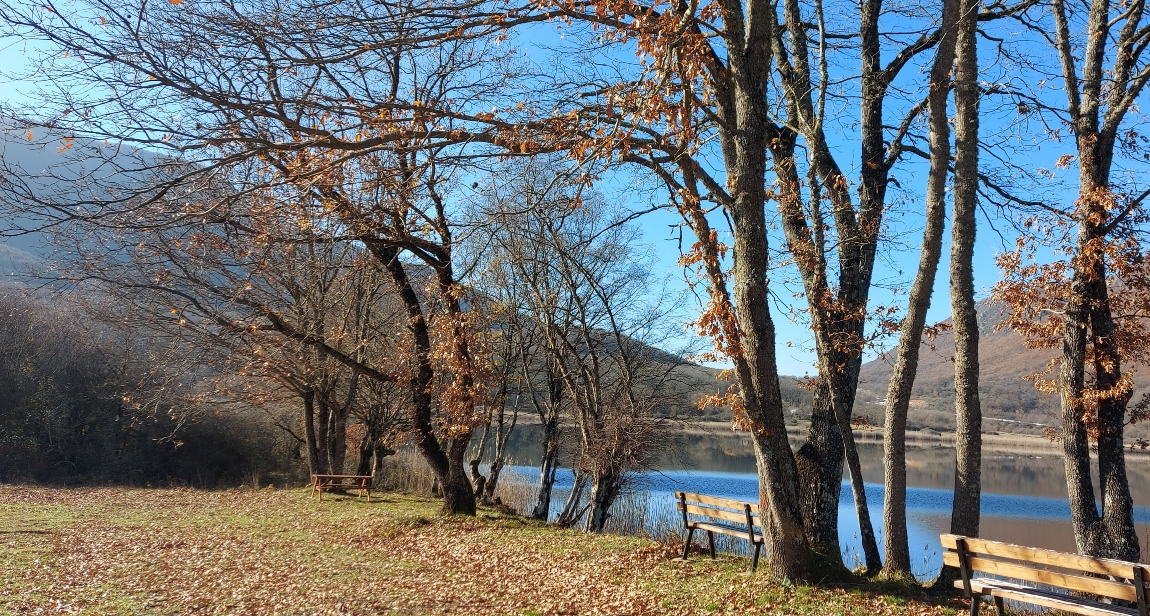
The historic Kalpaki Pogoni
Villages of Pogoni without visiting the historic Kalpaki is not possible. The historic village of Kalpaki, which is one of the largest villages of Pogoni and the seat of the homonymous municipality, was a point of fierce clashes in November 1940. The Italian plans for the occupation of Greece initially provided for the surprise attack on Epirus and Corfu to occupy them.
If you find yourself in Kalpaki you will see that on the hill above the village dominates the imposing bronze statue of the Fighter of the ’40s that is accessible to admire it up close, while in the village there is a War Museum with rare exhibits.
The villages of Pogoni are filled in the summer with people who now live in the cities and return to their homeland. The traditional festivals with clarinets seem to unite them as they are a landmark of the area. And when winter comes, villages that had 200 and 300 people in the summer may be left with families counted on the fingers of one hand. If you miss this peace and disconnection from the bustling everyday life, then the villages of Pogoni should probably be your next destination.
Travel to Greece – Google News – Follow us
Epirus: Konitsa Ioannina – Chioniades the small Greek village where more than 70 painters were born
A trip to Zagorochoria: Picturesque villages worth exploring
Vikos Gorge: the view of the Grand Canyon of Greece that holds a Guinness World Record


